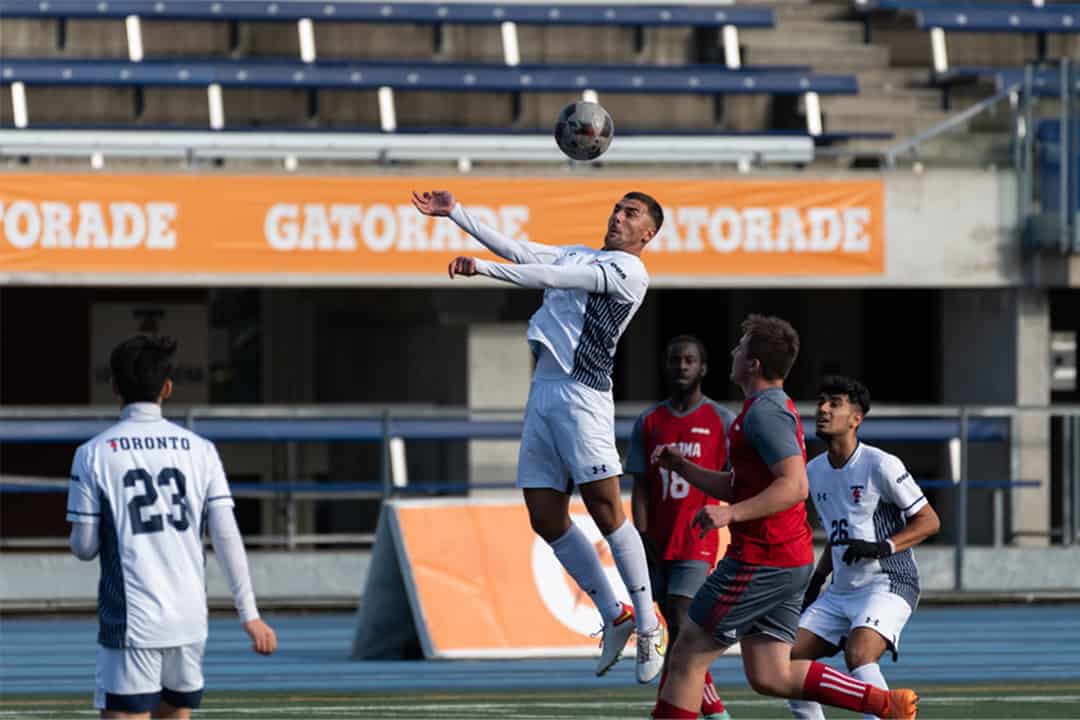American football enthusiasts might have noticed that the NFL updated its concussion protocols following a terrifying incident involving Miami Dolphins quarterback Tua Tagovailoa.
On September 29, the Miami Dolphins faced the Cincinnati Bengals at Paycor Stadium for their fourth game of the season, hoping to continue their three-game winning streak. With about five minutes left in the second quarter, Bengals defensive lineman Josh Topou sacked Tagovailoa, who lay on the ground with his arms up, blocking his head, his fingers curled up. It appeared that he was unable to move and unresponsive, and he was quickly put on a stretcher and rushed to a hospital.
Just four days earlier during the Dolphins’ game against the Buffalo Bills, Tagovailoa took a hard hit to the ground by Bills linebacker Matt Milano, and was seen grabbing his head and stumbling as he tried to get up. Although the NFL initially stated that Tagovailoa had a head injury, the stumbling was later attributed to back and ankle injuries, and Tagovailoa was given the go ahead to finish playing the game.
This incident brought an uproar of anger throughout the football community; fans and football critics could not understand why he was cleared to play after his injury, and many people questioned if he would ever play again. Bennet Omalu, a concussion specialist who first discovered brain degradation in athletes, otherwise known as Chronic Traumatic Encephalopathy (CTE) in retired football players, encouraged Tagovailoa to quit playing football for good in an interview with TMZ sports.
Following an investigation into the incident, the NFL and the NFL Players Association decided to add the term “ataxia” to their concussion protocol. The protocol describes ataxia as the “abnormality of balance/stability, motor coordination or dysfunctional speech caused by a neurological issue.” As a result of the protocol change, if a player displays any of these symptoms, they will not be allowed to return to the game. In short, the NFL aims to ensure that incidents like the one that Tua experienced will not happen in the future.
This addition to the NFL’s concussion protocol is named the “Tua Rule,” after Tagovailoa, and is there to ensure that an incident like this never happens again. The rule also calls on all football organizations to better protect their players and their safety by ensuring that their concussion protocols are up to date.
The government of Ontario requires sports organizations to have some sort of concussion prevention protocol. This law is called Rowan’s law, named after Rowan Stringer, a high school rugby player from Ottawa who died from consecutive concussions in 2013. Rowan’s law dictates the following: that athletes, coaches, and teams review Ontario’s concussion awareness resources, that organizations maintain a concussion code of conduct, and that they create a Removal-from-Sport and Return-to-Sport protocol.
Ontario University Athletics (OUA) has instituted these regulations and has a plethora of information about the dealings with concussions on their website. However, some athletes still think that the protocols can be improved.
“What worries me are the small concussions that unknowingly occur throughout the season,” wrote the Blues’ star quarterback Kinsale Philip, when The Varsity asked him about his feelings on the current concussion protocols. “Some type of necessary mid-season evaluations would be helpful to see where players who have not come forward with obvious symptoms are at.”
Like almost every NFL fan, Philip was shocked at the injuries Tua endured, but noted, “Players, like myself, fully accept the risks and are highly motivated to stay on the field regardless.” In high contact sports like football, hockey, and even soccer, players run the risk of brain injury every moment that they spend on the pitch, field, or ice. Their ability to remain healthy, confident, and beat the odds are what makes them truly extraordinary.


